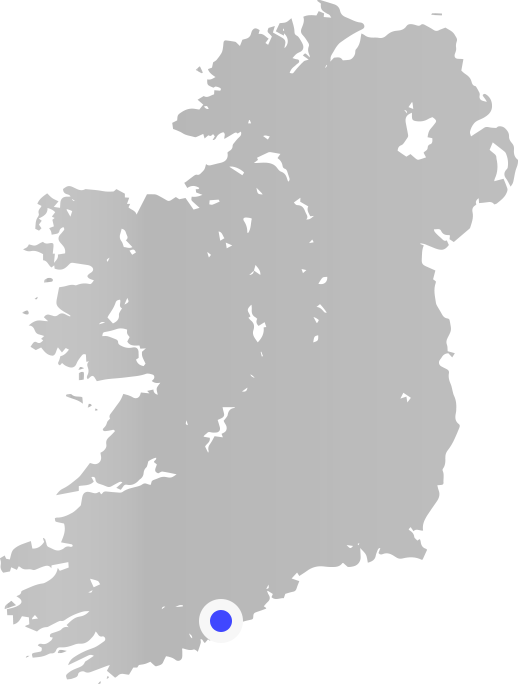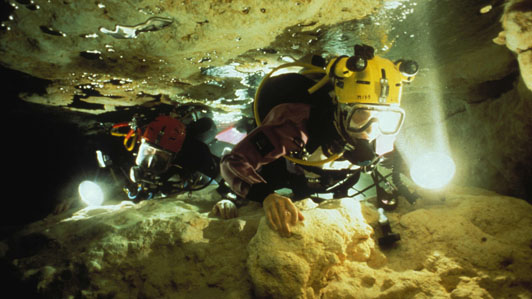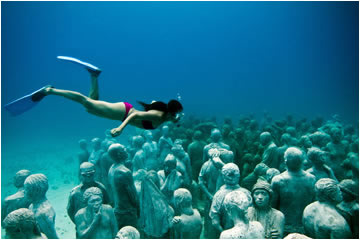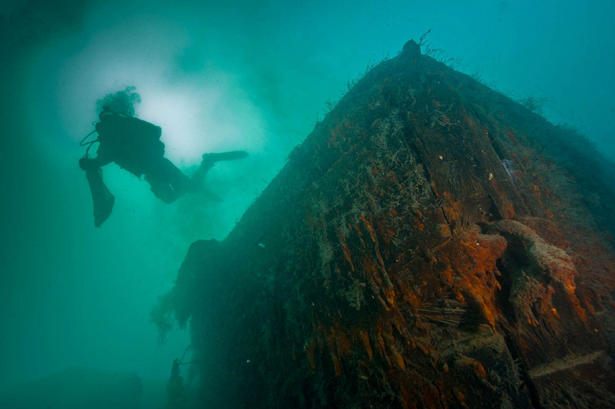
OTTAWA—Archeologists diving on a 19th-century shipwreck have brought back a small supply of artifacts they hope will tell them more about the lost Franklin expedition.
With youthful enthusiasm, veteran staff from Parks Canada showed off the ship’s fittings, copper hull plates, a British marine musket from 1842 and a pair of shoes plucked from the deck of HMS Investigator just eight meters beneath the freezing Arctic waters.
The former merchant ship made two voyages to the Arctic in search of Sir John Franklin’s storied expedition but was abandoned in 1853 after becoming stuck in the once-impenetrable Arctic ice. The ship was found last year in Mercy Bay, off Banks Island in the Beaufort Sea.
“I’ve been doing this for over 20 years,” Marc-Andre Bernier, chief of underwater archaeology services, told a news conference Thursday. “This was probably the most phenomenal and exciting project — for all of us.
“To dive on that shipwreck that is literally frozen in time … and having this phenomenal ship in front us standing proud on the bottom with artifacts on the deck was for us totally unprecedented.
“It was one of the highlights of our careers.”
A team of six divers, including one from the U.S. Parks Service, conducted more than 100 forays, aided by July’s midnight sun, under waters ranging in temperature from -2C to +2C.
What they found astounded even the most experienced among them.
Artifacts — including the shoes and a bent musket, its trigger guard altered to accommodate winter gloves — lay exposed on the ship’s decks and strewn on the sandy bottom.
Divers recovered 16 pieces, primarily to protect them from the ravages of time and ice, and to evaluate their overall condition.
The hull plates — one of which was lined with insulating felt — were particularly valuable archaeologically, said Bernier. They will help identify pieces found elsewhere and perhaps point searchers toward Franklin’s lost ships.
He said much of Investigator’s interior is filled with sediment, likely preserving many more treasures of an age long past.
HMS Investigator was purchased and refitted by the British Admiralty in 1848, the same year the ship accompanied HMS Enterprise on James Clark Ross’s expedition in a futile search for Franklin.
The vessel became trapped in the ice on the second trip and was abandoned three years later, on June 3, 1853. Investigator was inspected by crews of HMS Resolute a year later, still frozen in, and reported in fair condition despite having taken in water during the summer thaw.
While the fate of Franklin’s ships, HMS Erebus and Terror, remain a mystery, Investigator’s captain, Robert McClure, kept a log of his journey. Ship’s surgeon Alexander Armstrong published his own account in 1857.
But the wreck’s exact location was not known for more than 150 years. The area is among the most inaccessible and inhospitable on Earth.
This year, the ice in Mercy Bay opened up enough to allow divers nine straight days of unimpeded underwater exploration.
The crew was also able to look at a nearby, previously unexplored paleo-Inuit site believed to have been inhabited over the course of about 2,000 years.
Meanwhile, the search for Franklin’s expedition continues.
Explorers are shrinking the search area each year by about 150 square kilometers. They believe the wrecks have probably drifted far from their last known locations.
“These are national historic sites,” Bernier said of the Franklin ships. “They are the only national historic sites for which we don’t know the location.
“So we take this as a responsibility and we are trying to locate, basically, our only unknown historic sites.”
Environment Minister Peter Kent, whose portfolio includes National Parks, considers the search part of Canada’s sovereign Arctic responsibility.
“We reinforced Canada’s presence in the Arctic waters,” he said.
“But perhaps best of all, we uncovered further information that will help strengthen the compelling connection to the Arctic that is the birthright of each and every Canadian.”
Source: www.thestar.com
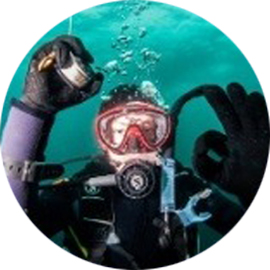
Pat
Chairperson
Related Posts
Movie Sanctum
Blog A film centred around the do-or-die efforts of a group of cave divers. The $30 million-budgeted Sanctum was directed by Alister Grierson and shot in 3-D with the input of co-producer James Cameron, whose previous hits include the...
Best Dive Job in the World contest
Blog Blue Season Bali - a leading dive operator in Bali, is offering you the chance to win "The Best Dive Job in the World - a seven-month PADI Dive Instructor internship, including accommodation and meals worth over US$16,000. No prior scuba diving...
“Bodies” Fill Underwater Sculpture Park
Blog More than 400 permanent sculptures have been installed in recent months in the National Marine Park of Cancún, Isla Mujeres, and Punta Nizuc (map of the region) as part of a major artwork called "The Silent Evolution." The installation is the...
You are New
or Experienced Diver ?
You can
find us
LOCATION/CONTACT
Address Cork City
Email: info@dauntsac.com
Phone: 087 343 6711
OPENING HOURS
ALL THE TIME
